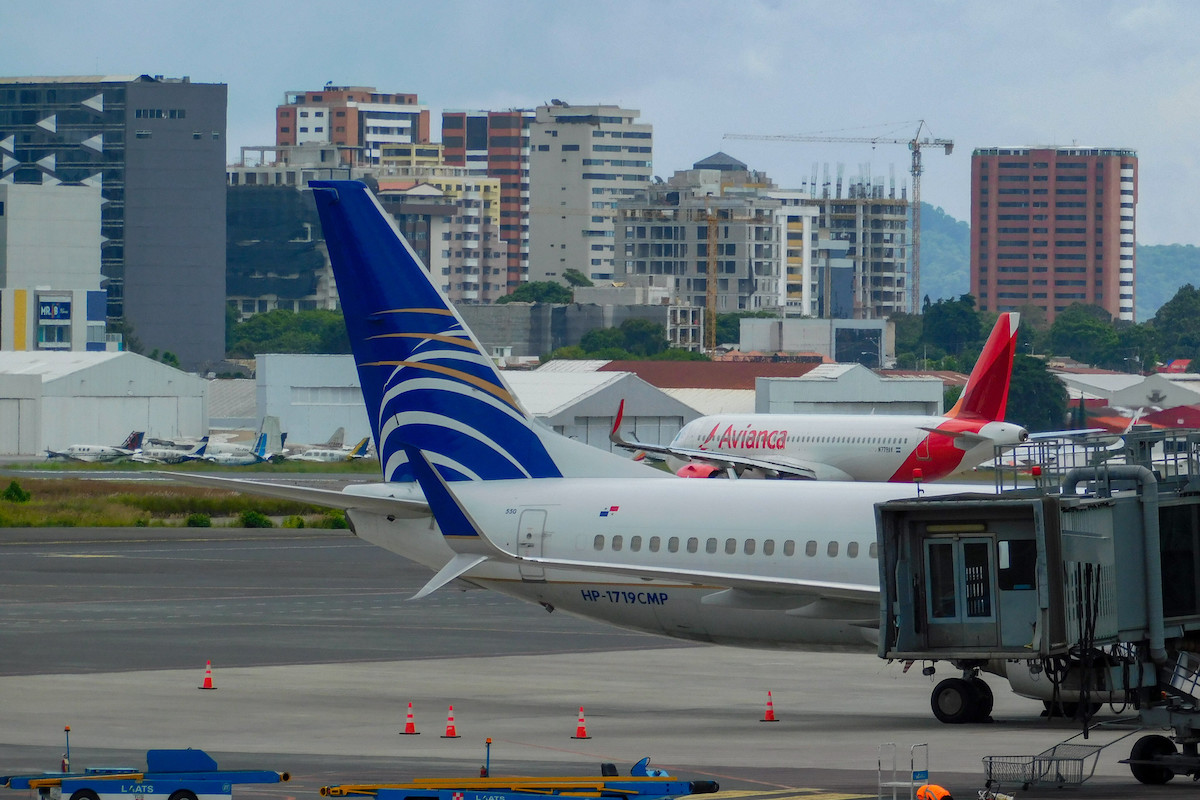Latin America Airline CEOs Temper Optimism on Strong Demand With Caution on Economy

Photo Credit: Flickr / Rene Hernandez
Air travel in Latin America is back with the leaders of the region's largest airlines forecasting strong demand through the peak southern summer season, or roughly until March. But even with bookings coming in at a rapid clip, they expressed a cautiousness for approaching economic clouds, articulating what their northern hemisphere counterparts have not so far.
“We are at a period of strong recovery of [the] industry," Latam Airlines Group CEO Roberto Alvo said at the ALTA Leaders Forum in Buenos Aires this week. The Chilean airline group — the region's largest — plans to fly roughly 81 percent of its 2019 system capacity in October, but domestic capacity in almost all of its markets will be fully recovered while international remains at just 70 percent.
Passenger traffic in Latin America led the global recovery in August, down just 11 percent from three years ago, according to the latest data from trade group ALTA. The region's domestic markets combined were down just 4 percent, while international traffic within the region was still down nearly 22 percent.
Numbers within Colombia and Mexico, however, are above pre-pandemic levels. Passenger counts were up 14 percent in the former, and 9 percent in the latter in August, ALTA data show. Brazil was still down 8 percent, Chile 13 percent, and Argentina and Peru 14 percent.
“Demand is very strong right now in Brazil," Azul CEO John Rodgerson said at the forum, echoing the consensus view. However, he added that the strength "solves a lot of problems," including high fuel costs and foreign exchange pressures.
Global oil prices remain elevated since spiking after Russia's invasion of Ukraine in February. A barrel of Brent crude was trading at around $90 per barrel on Tuesday morning, according to Bloomberg data. But the crack spread, or price difference between a barrel of oil and one of jet fuel, remains at historically high levels. Exacerbating the situation is the strong U.S. dollar; oil and other aviation supplies are priced in dollars, which means costs spike for non-U.S. airlines when local currencies fall in relation to the dollar.
The value Brazilian reais, for example, has lost 5.7 percent of its value against the U.S. dollar since the beginning of the year, Bloomberg data show.
“There are many storm clouds coming that we cannot ignore. Right now, we cannot see any clear signs of a hit coming but that can come any minute," Copa Airlines CEO Pedro Heilbron said. He likened that potential hit to a "piano" falling on the industry's head.
Copa, despite Heilbron's concerns, plans to fly 2 percent more capacity in the fourth quarter than it did three years ago, according to Diio by Cirium schedule data.
Viva Air CEO Felix Antelo, who agreed that "demand is very strong," said the booking window is only about 60 days. And while that window is normal for the Colombian discounter, it gives Viva limited visibility on travel trends after the holidays in the new year, he said.
Airlines continue to do what they do best — add flights — even with the uncertain outlook. Industry capacity within Latin America is scheduled to be up 3 percent year-over-three-years in the fourth quarter, Diio data show. Low-cost carriers will post the most growth, with Chile's JetSmart and Viva both be more than double the size they were in 2019. The region's legacy airlines are split: Aeromexico, Azul, and Copa capacity will be up slightly, while Avianca, Gol, and Latam will be down.
"We are working to add capacity because it is an over-demanded market nowadays," Avianca CEO Adrian Neuhauser. The airline continues to recover from the pandemic, and its U.S. Chapter 11 restructuring, with a focus on increased aircraft utilization and adding new point-to-point routes. Avianca plans 50 new such routes next year, executives said.
And even if the macro situation worsens, Gol CEO Celso Ferrer said there remain reasons for optimism. For one, the corporate market in Brazil is still down about 30 points from pre-pandemic levels. Ferrer described the recovery of the segment as an upside even if leisure travel demand wanes. In addition, a drop in global oil prices would reduce cost pressures.
"During the winter we're bringing back the whole network. We expect the business demand to normalize in the fourth quarter," Ferrer said. He added that unit revenues for the final quarter of the year are "healthy."
